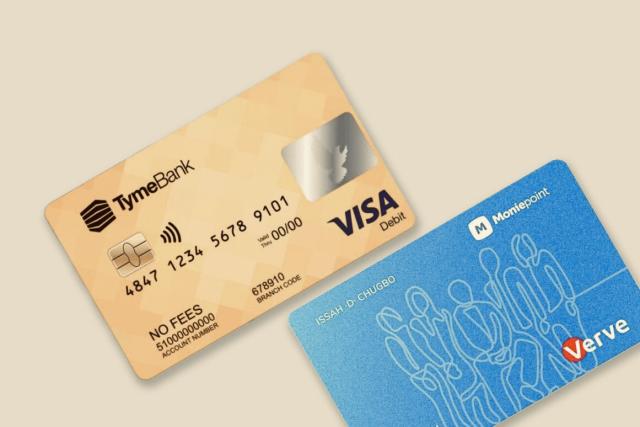In recent weeks, two African fintech giants, TymeBank and Moniepoint, have achieved unicorn status, raising over $1 billion and redefining the continent’s digital banking landscape. These innovators are transforming banking for millions of individuals and businesses across Africa’s largest economies.
TymeBank began by offering low-cost bank accounts and savings products to retail clients before expanding into commercial banking. Its focus shifted to providing working capital to small enterprises in South Africa, a country where access to banking and financial services remains a challenge for many businesses. This move reflected TymeBank’s commitment to simplifying banking and empowering entrepreneurs in one of Africa’s most significant economies.
Read also: Opay, Moniepoint, others begin N50 stamp duty deductions on transactions exceeding N10,000
Moniepoint’s growth in Nigeria’s Fintech market
Meanwhile, Moniepoint, which initially focused on serving small businesses in Nigeria, has become a key player in the country’s fintech market.
By offering accounts, payments, loans, and expense management tools, Moniepoint quickly expanded into retail banking.
Both TymeBank and Moniepoint have adopted a hybrid approach, merging digital banking with physical touchpoints. Unlike digital-only challengers in developed markets like the U.S., this strategy is better suited to Africa’s unique landscape, where physical infrastructure is still critical for many consumers. This approach is essential for reaching individuals and businesses that may lack consistent access to smartphones or the internet but still need banking services. The success of this model has set these two fintechs apart, helping them build massive user bases in a relatively short period.
Although a digital-only strategy isn’t ideal in Africa. Valar-backed fintech Kuda has proven to be an exception, functioning well with a limited user base.
Tymebank and Moniepoint have found a middle ground that meets retail and commercial consumers where they are.
Moniepoint claims over 10 million customers and businesses in South Africa and the Philippines, while TymeBank claims 15 million.
TymeBank has expanded its South African reach by partnering with supermarkets like Pick & Pay and Boxer. These retail touchpoints are quasi-branches.
Read also: PalmPay partners with NFIU to combat financial fraud, support Nigeria’s digital economy
Moniepoint’s agent network in Nigeria
Moniepoint’s success is particularly noteworthy, with over 10 million customers and businesses now relying on its services in Nigeria, South Africa, and the Philippines. The company has built an extensive agent network across Nigeria, with at least 200,000 small business owners acting as human ATMs, equipped with point-of-sale (POS) devices to facilitate transactions. This network, which spans across the country, represents a crucial touchpoint for customers in remote areas who may not have access to physical bank branches.
TymeBank has adopted a similar strategy in South Africa, expanding its reach by partnering with major supermarket chains like Pick & Pay and Boxer. These retail locations serve as quasi-branches, providing customers with easy access to banking services in familiar and convenient settings. With 15 million customers already on board, TymeBank’s retail touchpoints are playing a pivotal role in driving its growth.
Both firms offer retail and business banking and, using the hybrid model, have added credit, working capital loans, business management tools, accounting and bookkeeping, and insurance.
Expansion plans for TymeBank and Moniepoint
After their unicorn rounds, both TymeBank and Moniepoint have ambitious expansion plans. With their recent unicorn rounds, they will look to replicate their successes outside their home countries, where they claim profitability.
The hybrid approach they’ve championed has immense potential, not only for fintech but for other industries across Africa, especially those serving the continent’s vast informal marketplaces.
















